Table of Contents
- Benefits of Digital Tools in Humanities
- Enhanced Learning Experiences
- Accessibility and Inclusivity
- Engagement and Motivation
- Key Digital Tools for Humanities Education
- Educational Software and Applications
- Online Resources and Libraries
- Implementation Strategies for Different Stakeholders
- Teachers
- Students
- Libraries
- Parents and Tutors
- Instructional Designers
- School Administrators
- Educational Software Developers
- Educational Researchers
- Non-governmental Organizations
- Entrepreneurs
- Retraining Professionals
- Case Studies and Success Stories
- Challenges and Solutions
- Common Obstacles
- Strategies to Overcome Challenges
- Future Trends and Innovations
- Conclusion
Mellon Foundation stated that humanities education is crucial for “society in the preservation and curation of culture”. They play an important part in maintaining the health of democracy in society through critical thinking, communication skills and evaluation of ideas.
This puts a lot of pressure on humanities teachers. They have to do their job in the best way to promote humanities in the society. For this, they should use modern teaching methods that include integrating digital tools in the classroom and curriculum.
Regarding it, Josh Macht, innovation officer at Harvard University, states that “We'll need to develop not just the technical skills to build better tech, but also the moral and ethical reasoning to guide how society deploys them.”
So, it means that humanities teachers should integrate digital tools in the classroom to develop soft skills in the students and also to teach them the effective and moral use of the tech. They believe in this way a student can make a positive change in society because they will know how to effectively interact with the world in this era of technology.
In this blog, we are going to discuss everything related to digital humanities educational stakeholders should know.
Benefits of Digital Tools in Humanities
Why should we add digital tools to the humanities subject? Well, there are a lot of reasons for it. But, we are going to discuss only a few.
Enhanced Learning Experiences
Teachers can enhance the learning experience of students by implementing digital tools. It means they can add critical thinking, self-directed learning, time management, communication and other soft skills in their students' lives with the help of digital tools. Moreover, they can make the classroom interactive and student-led which can enhance their confidence level.
For example, PHD. Scholar Christina Katopodis adds “digital karaoke” into her class. In it, she plays music in the classroom and students discuss themes of it and how they can relate to the lyrics. Another teacher explains that she uses a projector to teach students how to proofread. She shows her screen on the projector and proofreads the content while students see how she is doing.
So, these types of activities enhance the learning experience of students and enable them to experiment with the world around them.
Accessibility and Inclusivity
Digital tools also enable students with learning disabilities to engage in the classroom and interact with people around them. Different researchers believe that these tools enable students to learn new skills and bypass the areas of difficulty with ease.
For example, there are word predictions or grammar and spelling checkers tools. They can help kids who have issues with writing. The analysis of 25 researchers told us that word predictions feature increased compositional quality and word fluency of kids with learning disabilities.
Engagement and Motivation
Digital tools can enable teachers to make the classroom student-centered. This shift in the classroom excites students and they are more eager to participate and learn from each other.
For example, different interactive game apps such as Quizlet can help students assess what they learn in the form of games. Teachers can use songs and videos in the classroom to teach students. For example, in place of teaching them about history from the book, the teacher can take out any video related to that historical event from YouTube. Watching that video in the classroom and discussing it can be interesting for students.
Key Digital Tools for Humanities Education
There are various types of digital tools for teaching humanities subjects.
Educational Software and Applications
There are a lot of tools, online games and software that teachers and students of humanities can use easily. For example, there is an eBook distribution tool, Z-Epub that teachers can use to give assignments to students for writing any classical literature eBook. Then, the best eBook piece can be distributed through this platform.
Moreover, there are different writing tools such as Hemingway Editor and Grammarly to write, edit and proofread articles. There are interactive game tools such as Walden to teach different aspects of humanities subjects. Different educational platforms can teach languages. For example, Babbel can help in learning languages through different methods.
Online Resources and Libraries
You can find tons of online libraries and resources that are free or paid. For example, Kindle contains a lot of paid eBooks on various subjects. But, you can find free eBooks on Google Books too. Similarly, there is ResearchGate and JSTOR to get access to academic publications and theses.
Different tools such as Learning Studio AI can help teachers in creating online courses for students. Moreover, there are different online communities and forums where students can interact and learn from each other.
Implementation Strategies for Different Stakeholders
Teachers
Digital humanities specialist Hannah Jacobs says that a humanities teacher should learn where to apply digital tools and where they should not. They should learn how to implement digital tools effectively in the classroom that can truly benefit students. So, they should be given training regarding it.
Students
Students can use online courses, interactive games, Google and other research platforms for self-directed learning at home. They should complete their projects creatively and uniquely with the help of tools.
Libraries
Libraries should give access to students and teachers to all the digital tools and platforms they need for learning. For this, it should have a dedicated tech spot in the library.
Parents and Tutors
Parents should encourage students to use digital tools for learning. Moreover, they should monitor the use of tools to ensure that their kid is getting maximum positive benefit from it.
Instructional Designers
Instructional designers should integrate technology into the curriculum by making sure that tools and online resources align with the main aim of the curriculum.
School Administrators
School administrators should provide technology-integrated classrooms and libraries to students and teachers. Moreover, they should provide essential training to teachers too.
Educational Software Developers
Rosemarie Garland-Thomson researcher declares that software developers forget about people with learning disabilities when creating any tool and software. So, developers should focus on this audience when creating new and improved educational tools.
Educational Researchers
They should research different methodologies and tips for how to implement technical tools into the classroom in an effective way.
Non-governmental Organizations
They can raise awareness about digital tools in society and can collaborate with different institutes to provide them with funds.
Entrepreneurs
They can fund the creation of educational software and tools. Moreover, they can market different innovative tools and gain a lot of profit from them.
Retraining Professionals
Entrepreneurs can retrain their professionals by teaching them how to apply different AI tools in their field. It can enhance their productivity and creativity.
Case Studies and Success Stories
Elementary teacher Courteney Sears teaches second-grade students about Puerto Rico and Hurricane Maria. Students wrote opinion pieces about it in the classroom. Then, pupils designed a fundraiser and recorded videos of their written opinion pieces on why everyone should donate money. They shared it with people around them and succeeded in raising 300 dollars in funds.
This success story told us how students could learn about the world around them, develop empathy and use tools to make any change in the world.
Challenges and Solutions
Common Obstacles
Implementing digital tools in education is not an easy task. Teachers can face a lot of obstacles such as resistance from students to the new approach, low funds for integrating tech tools in education and lack of training to teach these tools.
Strategies to Overcome Challenges
To solve these problems, teachers should gradually add digital tools in the classrooms so that students don't get overwhelmed with them. Moreover, they should hold different seminars and lectures related to the importance of digital tools in the education field to motivate students to use them.
Teachers can use different free online resources and tools to teach students if they have funding problems. Schools can collaborate with NGOs for funding and teach teachers about the use of digital tools.
Future Trends and Innovations
Artificial intelligence, Augmented Reality and Virtual Reality are the future of digital humanities. AI will automate a lot of tasks for teachers such as course creation, making worksheets, designing curriculum, assessing students and many other tasks. It can save them time to focus on their personal growth and implement new teaching methods in the classroom. AG and VR will also help in saving a lot of funds as students can visit a lot of places from the comfort of their classroom.
These are becoming common so teachers and students can use them for their benefit.
Conclusion
Digital humanities is the future of students as it prepares them for the diverse workplaces of the 21st century. Different research and case studies have shown that it enhances learning and adds positive aspects to the personality of a student. So, all educational stakeholders should embrace and promote the integration of digital tools in humanities education for the bright future of their students.







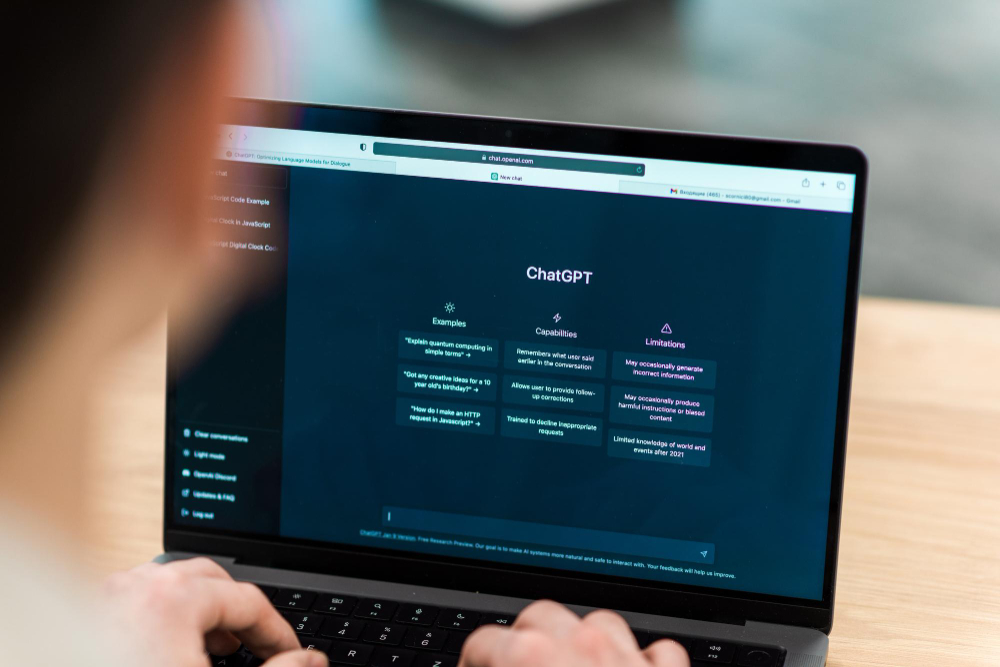








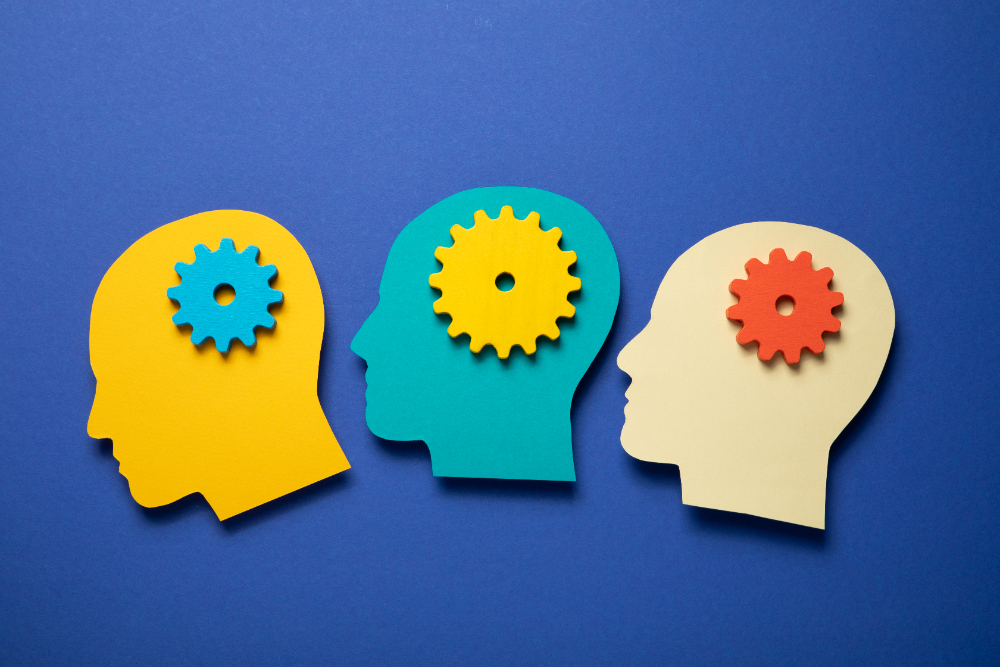



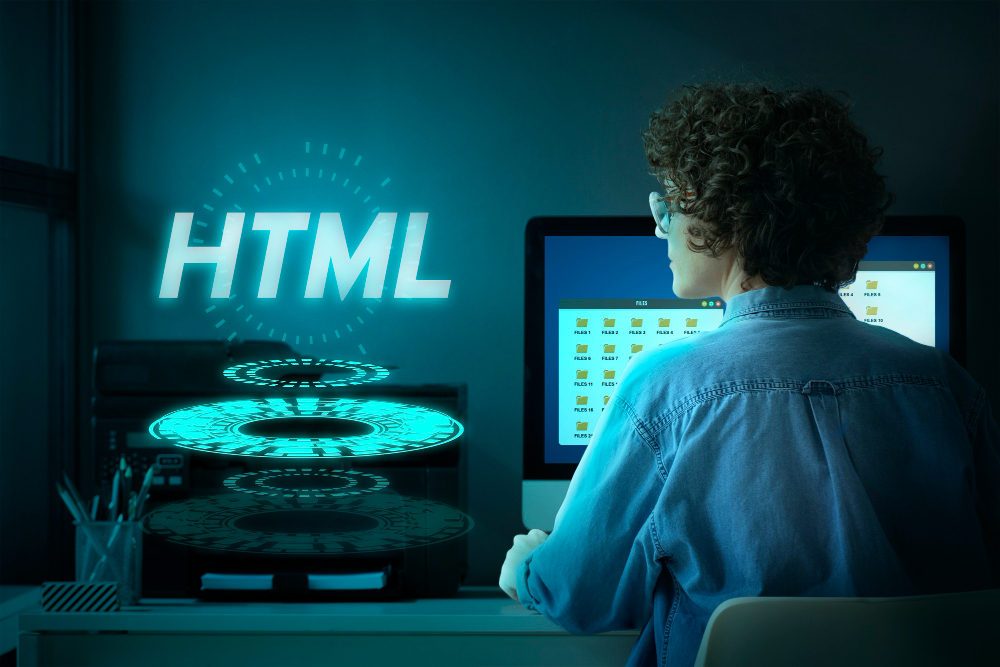


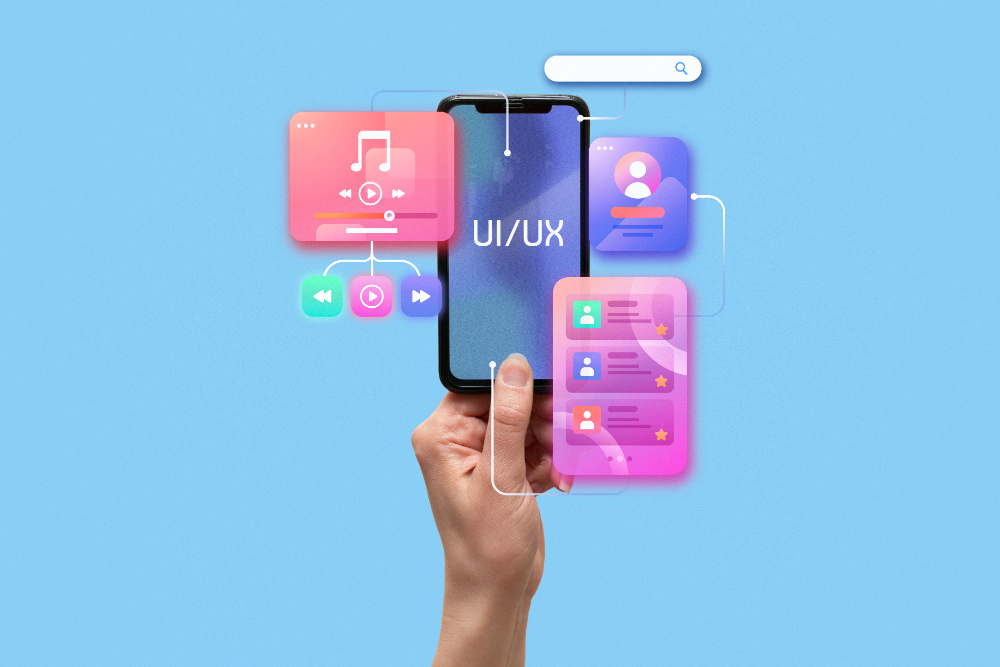
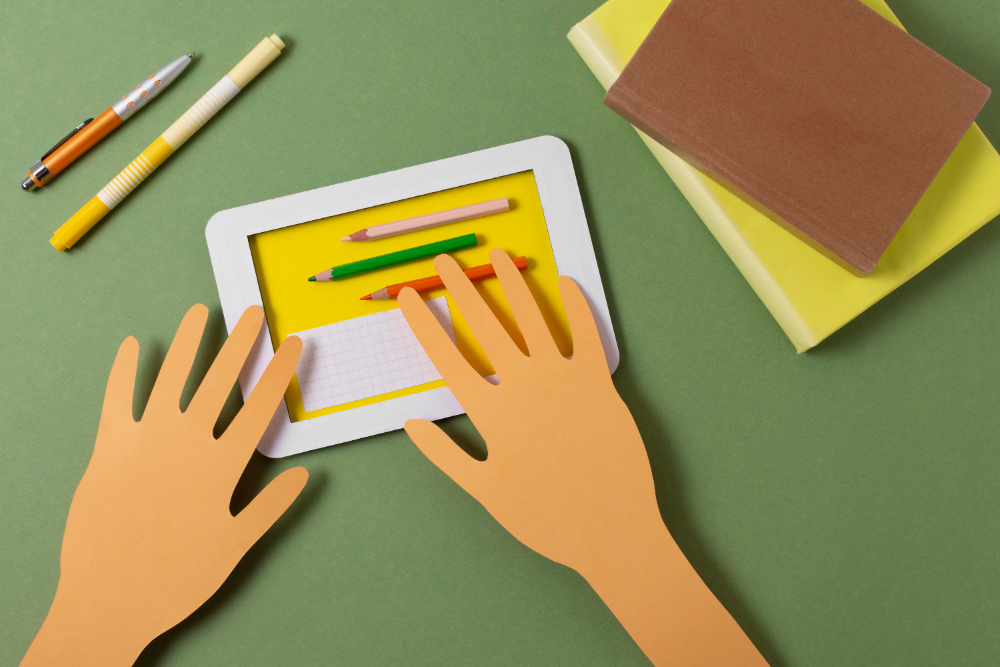
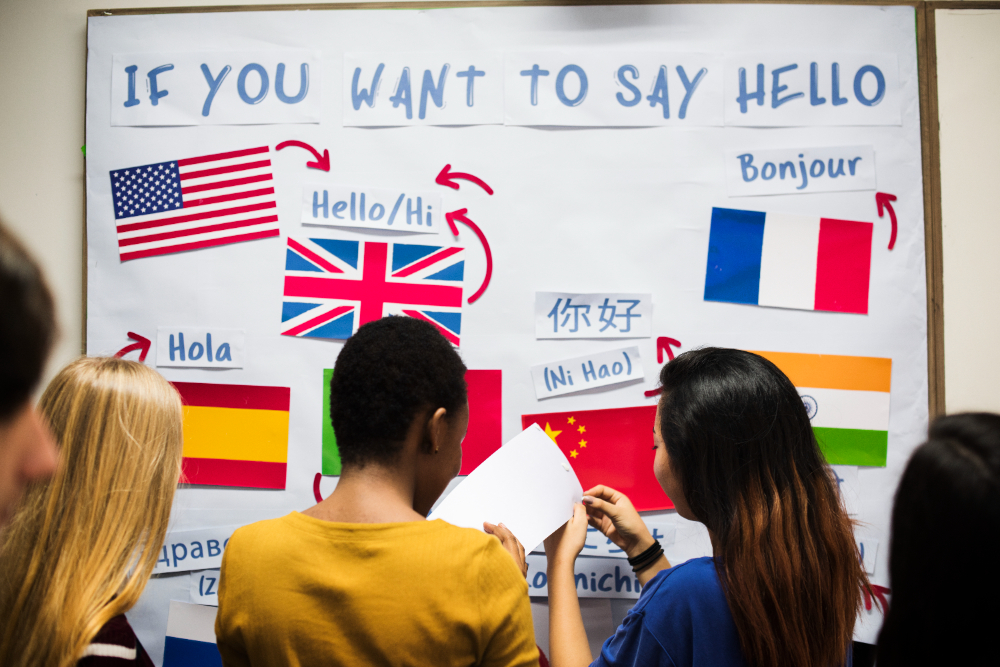

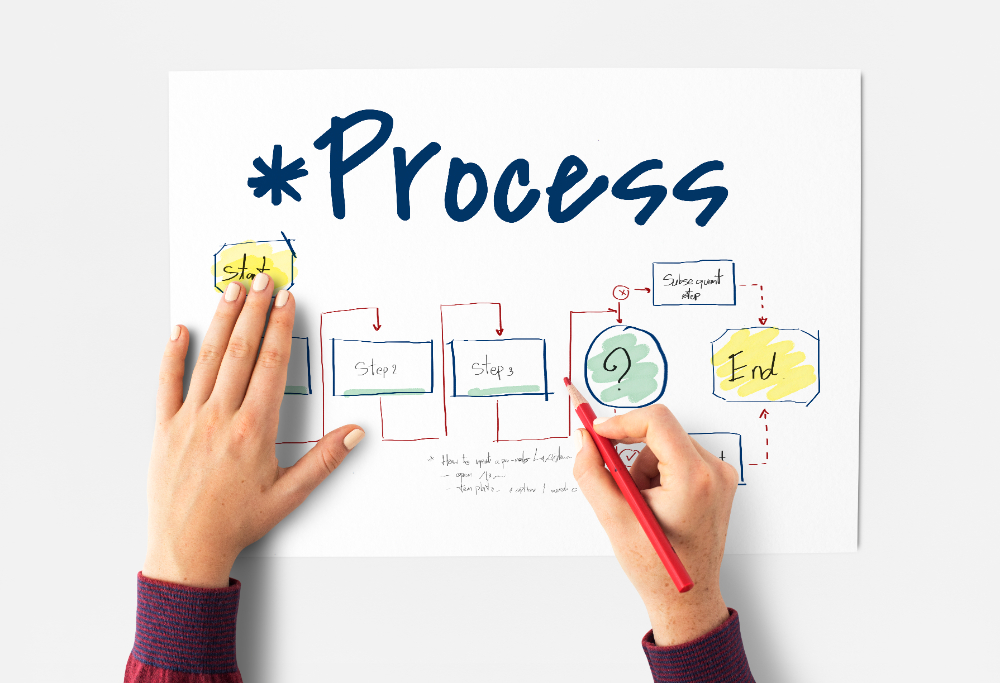



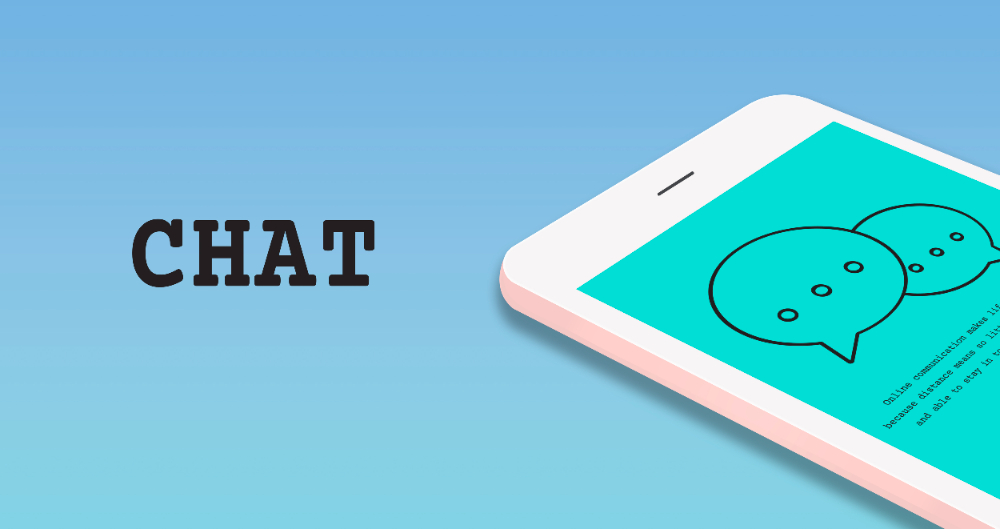

Comments are closed.